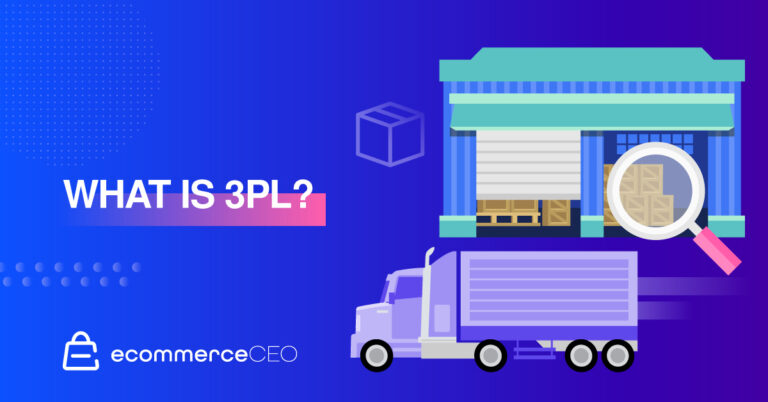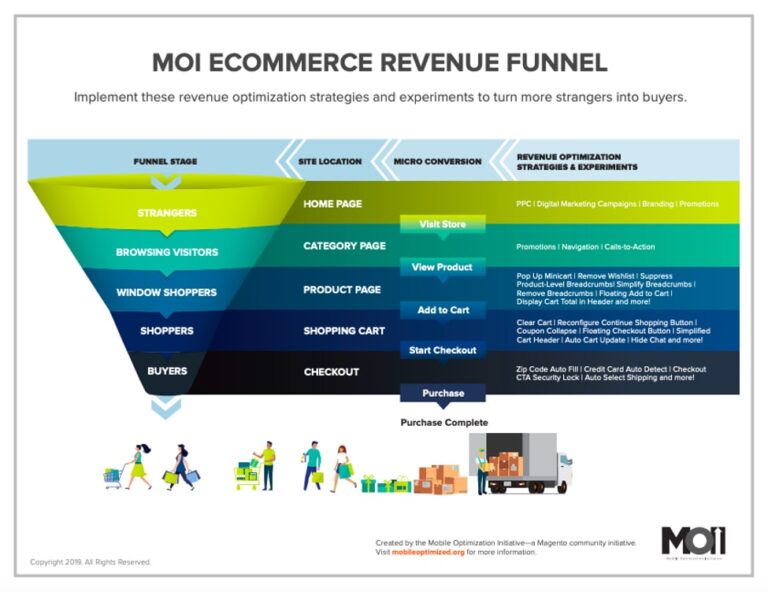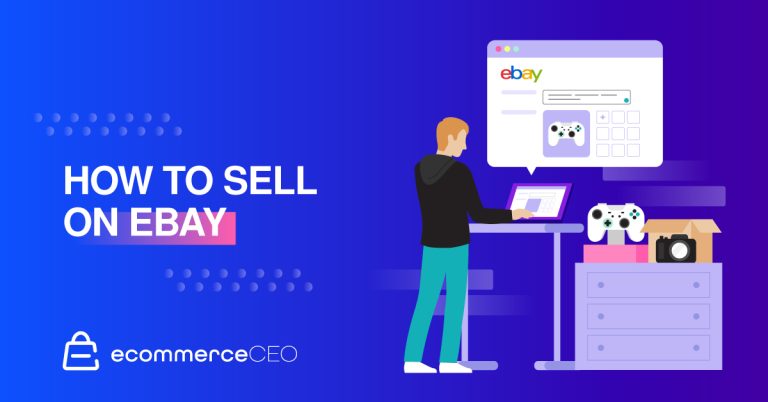In Salsify’s “Consumer Research 2022” report, 91% of U.S. shoppers, 87% of British shoppers, and 82% of German shoppers “expressed their concerns about product availability and delays.”
In the U.K., word of mouth makes all the difference: A recent Metapack report found that 70% of U.K. shoppers are less likely to shop with a retailer after hearing about a negative delivery experience.
As noted by U.K. ecommerce association IMRG, however, brands and retailers may have reached maximum speed: While next-day fulfillment is within reach for many companies, same-day delivery remains elusive without massive resource investment — and most consumers understand that this isn’t a realistic expectation.
Instead, services such as click-and-collect or buy online, pick up in store (BOPIS) remain popular to bridge the gap between digital and physical purchasing.
What Consumers Look For in Return Policies
While great delivery options are now par for the course, getting there is only half the battle.
Customers also want the ability to return items quickly and easily if these products aren’t as described or don’t live up to expectations — or even if they simply change their minds.
According to a 2021 survey from PowerReviews, 76% of consumers say that free returns are an important consideration when shopping online. Among the top items returned are clothing (88%), shoes (44%), and electronics (43%) — and 72% of shoppers said that they return online purchases at about the same rate as they did before the pandemic.
For brands and retailers, this offers an opportunity to stand out from the crowd: If companies can create return policies that minimize the time and effort required by the consumer, they can capture a larger online market share.
Paired with free, fast delivery, simple and speedy returns can help boost customer loyalty.
Meeting Customers Where They Are
Companies must meet consumers where they are — not where they’d like them to be — and ensure processes around deliveries and returns are as streamlined and simple as possible.
Three practices can help boost business success.
Keep Your Data Where Customers Can See It
In the PowerReviews survey, two-thirds of shoppers agreed that they would be less likely to return items if they had access to user-generated content (UGC) such as text, image, and video reviews.
While allowing UGC on brand websites does come with some risk — not all reviews will be positive, after all — giving customers the data they want up-front can help limit the number of items that come back.
Expand Your Delivery and Pickup Options
Speed isn’t the only factor in effective delivery services.
While it’s important to offer the shortest shipping times possible given current supply chain challenges and potential production delays, it’s also worth expanding options to include BOPIS and click-and-collect programs that allow customers to make purchases online and then pickup items at a specific location.
Not only does this give consumers control over where and when they get their products — it makes them more likely to purchase additional items while in-store.
Embrace the Impact of Omnichannel
When today’s customers see items on a retailer site, they want the ability to purchase the same items directly from brands, and vice versa.
As a result, companies must embrace the impact of omnichannel strategies that make it possible for customers to place orders through the medium of their choice — via desktop, mobile device, or in-store — and return products how they prefer, rather than being tied to the method of purchase.
In practice, this means finding ways to collaborate rather than compete. Consider the partnership between Target and Ulta Beauty.
Not only can shoppers purchase Ulta products in-store or online via the Target website, but they can also find a list of Target locations that carry Ulta products on Ulta.com.
By giving consumers control over where, when, and how they shop, brands and retailers can address what matters most: customer needs.
Going, Going, Gone
Consumers have high expectations around the speed, transparency, and simplicity of deliveries and returns.
To meet customers where they are, brands and retailers must work in tandem to create omnichannel experiences that reliably deliver returns on investment.
Check out Salsify’s new report, “Breaking Down the Barriers To Winning Commerce,” for more insights on how to create the seamless shopping experiences that today’s customers expect.





